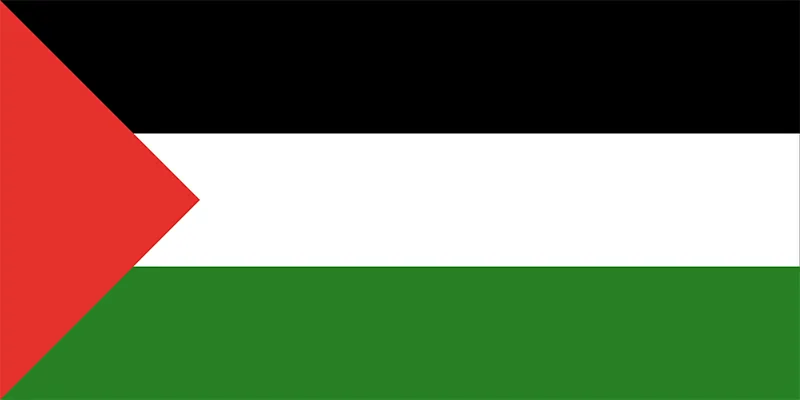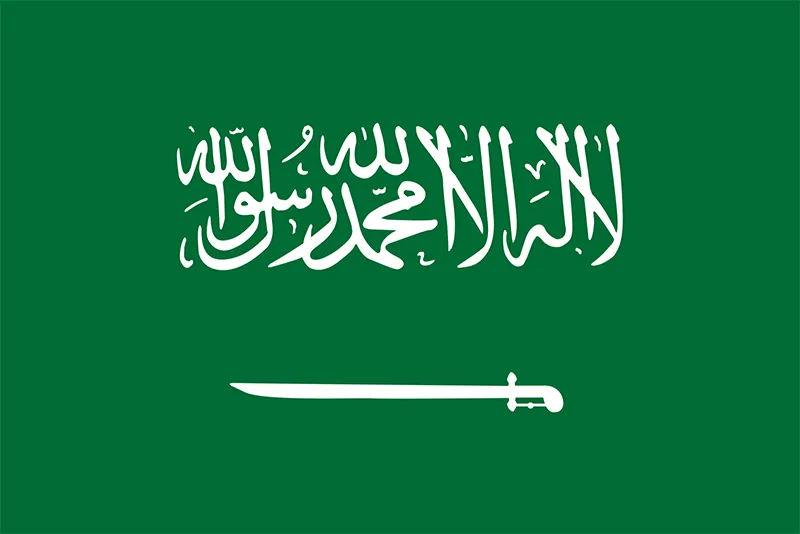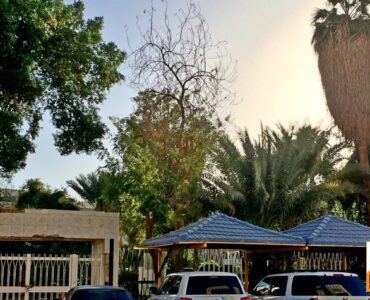This is the place near Kerak, in southern Jordan where the Muslims fought a famous battle against a combined Byzantine/Ghassanid army during the lifetime of the Prophet Muhammed (ﷺ) in the year 629 CE.
- Of the epistles (letters) that the Prophet (ﷺ) despatched to various kings, inviting them to Islam, one was sent to the King of Bursa through Haris-bin-Umair Azdi (رضي الله عنه). When Haris (رضي الله عنه) reached Mu’ta, he was killed by Sharjeel Ghassani, one of the governors of the Qaiser. The murder of the envoy was against all laws of inter-tribal morality. The Prophet (ﷺ) was naturally very much upset when the news reached him. He collected an army, 3,000-strong, to advance against the enemy. This was the first time the Muslims would fight the Byzantines (The Roman Empire during the Middle Ages).
- While nominating Zaid-bin-Haritha (رضي الله عنه) to command the army, the Prophet (ﷺ) said: “If Zaid is killed, then Jafar-bin-Abi Talib will be your Amir and if he is also martyred, then Abdullah-bin-Rawahah will take the command. If he also dies, then you can select a commander from among yourselves.” A Jew, who was listening to this, said: “All the three must die. This is exactly how the earlier Prophets used to prophesy.”
- The Prophet (ﷺ) gave Zaid a white flag made by himself. He then accompanied the army for some distance out of Madinah and prayed for them saying: “May Allah bring you back safely and triumphantly, May He guard you against all evils.”
- When Sharjeel received intelligence about this army, he prepared an army 100,000 strong and another army of 100,000 was raised by the Qaiser himself to meet the Sahabah. When the Sahabah heard the rumour of the impending army they hesitated whether they should face such heavy odds or inform the Prophet (ﷺ). Abdullah bin Rawahah (رضي الله عنه) exhorted them to advance and they faced the army in the battlefield of Mu’ta.
- A fierce battle raged in which, as prophesised, Zaid-bin-Haritha (رضي الله عنه), followed by Jafar-bin-Abi Talib and Abdullah-bin-Rawahah were martyred. After the last leader had fallen, Thabit bin Aqram (رضي الله عنه) ran to receive the flag and rose it high, so that the Muslims would not disperse in chaos. Thabit (رضي الله عنه) then handed the flag to Khalid-bin-Waleed (رضي الله عنه) and called the Muslims publicly to accept his leadership. They unanimously agreed and for the first time Khalid-bin-Waleed (رضي الله عنه) headed a Muslim army.


- Back in Madinah the Prophet (ﷺ) was fully informed of the happenings of the war. One morning, he (ﷺ) addressed the Sahabah saying, “Zaid has taken up the flag and now he has been martyred. Jafar has now taken it and he has also been martyred. Ibn Rawahah has taken it and he has also been martyred.” Saying this, tears welled up in the eyes. Thereafter he mentioned, “Now the flag has been hoisted by a sword from among the swords of Allah Ta’ala and Allah Ta’ala has granted the Muslims victory on his hands.”
- Khalid-bin-Waleed (رضي الله عنه) reported that the fighting was so intense that he used nine swords which broke in the battle. Seeing that the situation was hopeless, he prepared to withdraw the army. He continued to engage the Byzantines in skirmishes, but avoided pitched battle. One night he completely changed his troop positions and brought forth a rearguard that he had equipped with new banners; all this was intended to give the impression that reinforcements had arrived from Madinah. He also ordered his cavalry to retreat behind a hill during the night, hiding their movements, and then return during daytime when the battle resumed, raising as much dust as they could. This also was intended to create the impression that further reinforcements were arriving. The Byzantines believed in the fictitious reinforcements and withdrew, thus allowing the Muslim force to safely retreat to Madinah.
- Today, those Muslims who fell at the battle are considered martyrs (shaheed). Far from being a defeat, this battle was a strategic success; the Muslims had challenged the Byzantines and had made their presence felt amongst the Arab Bedouin tribes in the region.
References: Fazail-e-Aamal – Sheikh Zakariyya Kandhalvi, Men around the Messenger – Khalid Mohammed Khalid.
















